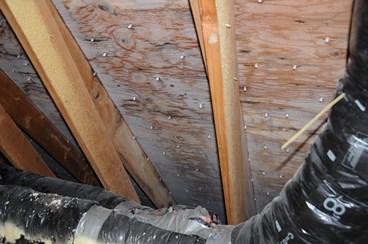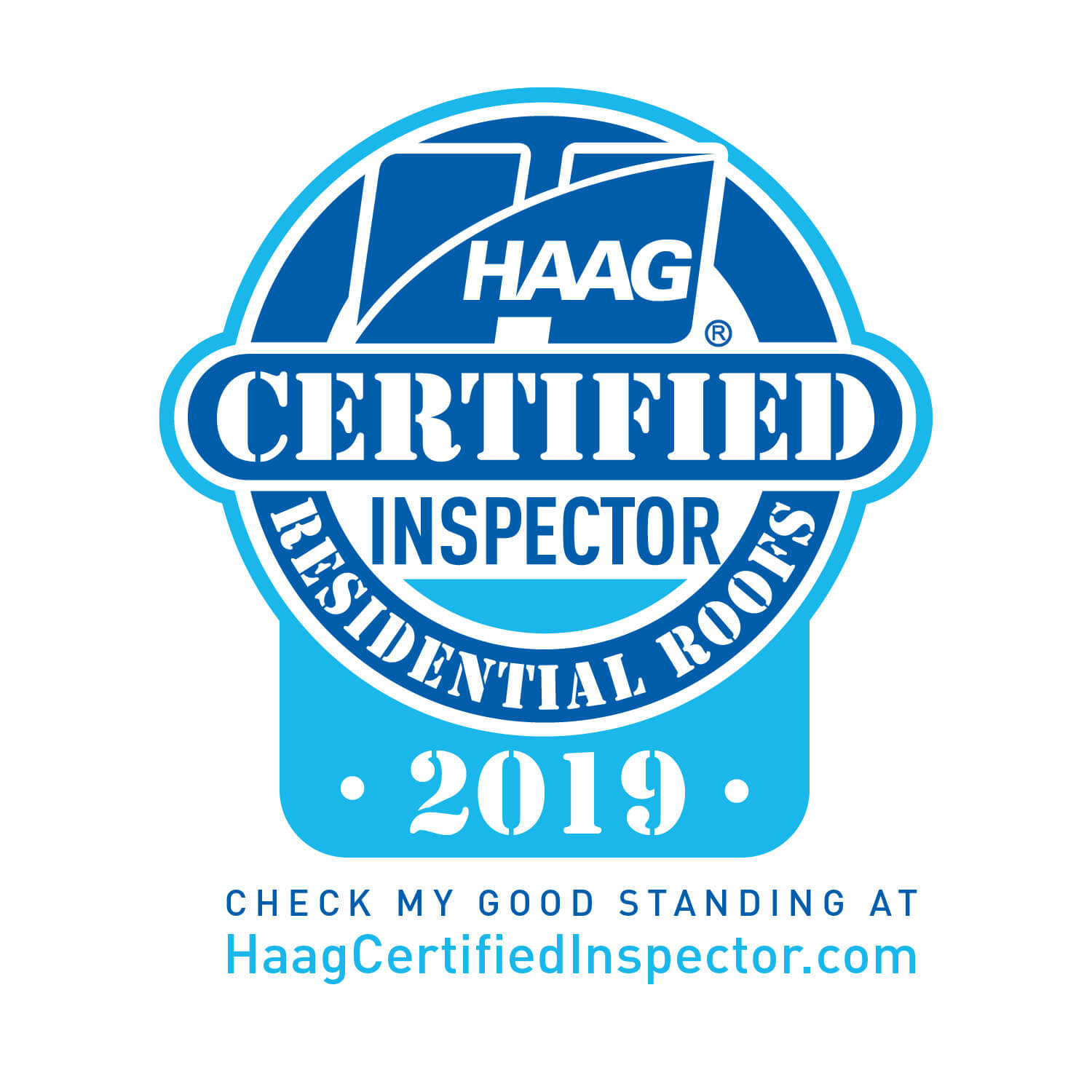
May 24, 2018
Condensation
This article was updated on Feb 5, 2020
The winter of 2017 was like no other because we have received a higher than normal amount of phone calls on "roof leaks." The phone calls can start like this, “Hi there, we have a roof leak in our house. Our bathroom vent is dripping water. This leak just happened yesterday when the weather was warm. Can you come and fix the leak?”
Seeing water dripping from your bathroom vent or simply seeing water dripping from any part of your house is frightening. To the untrained eye, it looks like a roof leak. The chances are you may have a condensation issue instead.
Why do we have condensation in winter?
Condensation happens when heated air from the house leaked into the colder attic space. Condensation occurs during winter when the temperature is cold and then quickly warms up. Warm and moist water vapour condenses to form liquid water or frost on cold attic surfaces, and the heat contained in the warm air may also cause ice build-up on roof edges and back up under the shingles.

What to do?
It is a right decision to hire a professional roofing contractor to perform an inspection and fix the problems promptly. Long-term attic condensation problems can lead to mold growth covering a large area on the underside of the roof sheathing and interior water damages. Both of them are difficult to repair and can cost thousands of dollars. Early-stage condensation issues usually cost under $500 and only a few hours of labour work.
Common Causes of Condensation
Poor ventilation: According to the Canadian Asphalt Shingle Manufacturers' Association, the minimum Building Code requires 1 sq. ft. of vent opening for every 300 sq. ft. of ceiling area (1/300). For low slope roofs or those with cathedral ceilings, the ratio is 1/150. The vent openings shall be uniformly distributed on opposite sides of the building. For example, the best arrangement for roof vents is to have half of them located along the eaves (or the continuous soffit venting), and the other half located near the ridge (or continuous ridge venting). Also, exhaust vents must be vented to the outdoors, not into attics, overhangs, etc. Correctly installed roof ventilation allows continuous air circulation, keeping the attic dry and cool all year.
Attic insulation: there is a good chance that your attic insulation is wet if your roof has condensation problems. Do not cover wet insulations with dry ones until they are dried out. Remove insulations with mold or vermin by hiring a professional insulation company.
Attic (ceiling) insulation should have insulation levels of 10 to 12 inches (R38). Make sure that the insulation is distributed evenly and cover around the perimeter of the attic above the wall plates. Install adequate amount around electrical fixtures, wiring, and plumbing chases as these areas can contribute to heat loss. Insulation should not block ventilation, and the edge and top of the insulation near the roof edge should be protected with rigid board to prevent wind decreasing the R-value of the insulation
There are other causes of condensation and ice dams such as extreme weather conditions, roof pitch, and building orientations. Sometimes condensation and ice dams cannot be resolved even if you have efficient ventilation and insulation in place.






